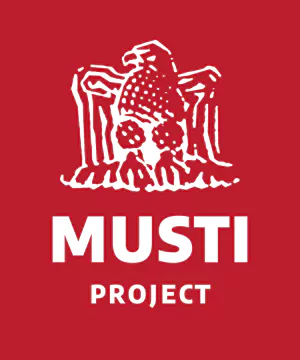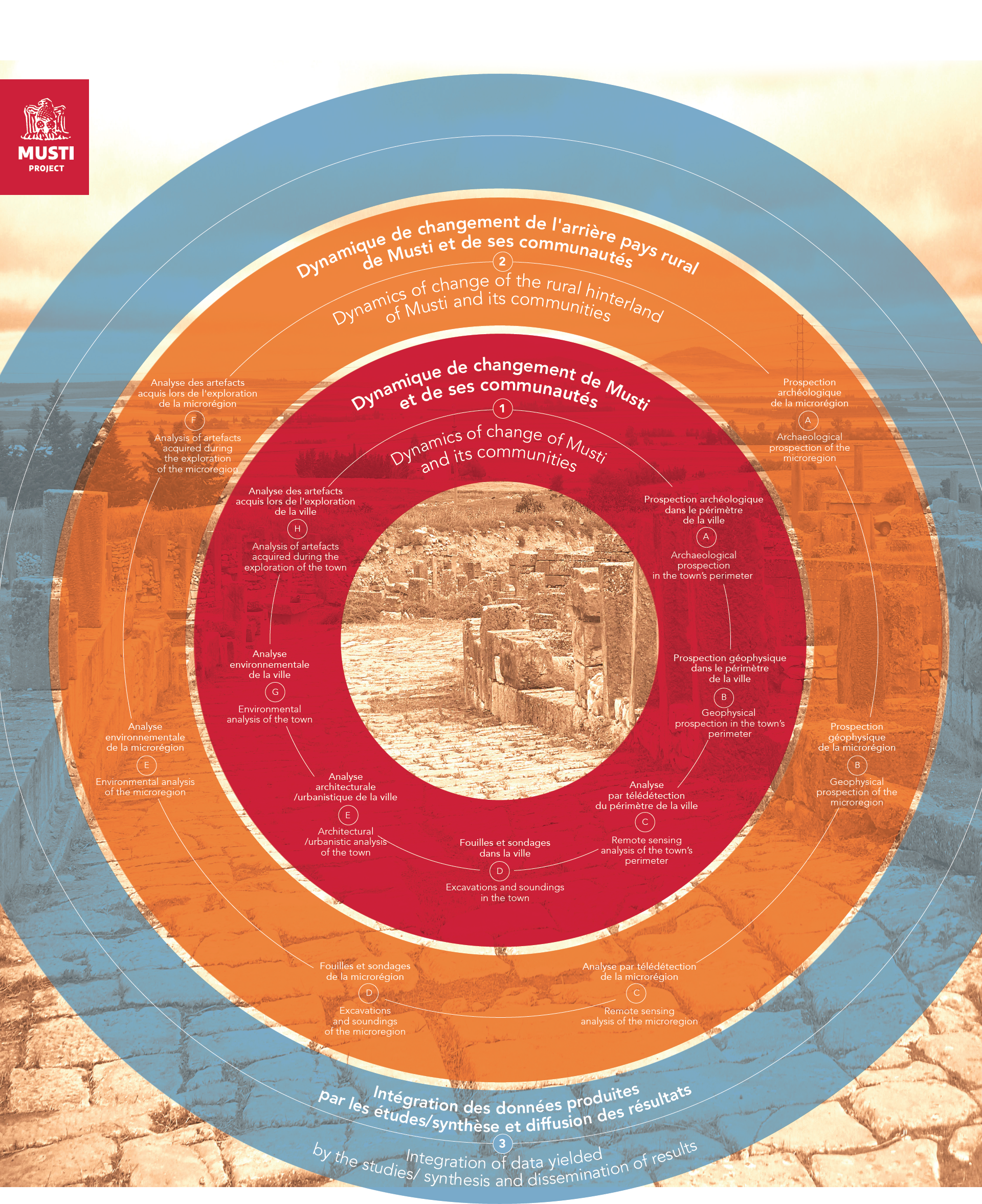Meet the Team

In 2016, a cultural partnership project was signed between the National Heritage Institute and the University of Warsaw to carry out multidisciplinary archaeological research on the site of Mustis and its hinterland in ancient times. Since 2021, funding has been provided by the National Science Centre (Poland) under the title: "(Read) The African palimpsest. Dynamics of urban and rural communities in Numidian and Roman Mustis (AFRIPAL)". The work is currently being co-directed by Jamel Hajji (Institut National du Patrimoine) and Tomasz Waliszewski (University of Warsaw).
In 2016, a cultural partnership project was signed between the National Heritage Institute and the University of Warsaw to carry out multidisciplinary archaeological research on the site of Mustis and its hinterland in ancient times. Since 2021, funding has been provided by the National Science Centre (Poland) under the title: "(Read) The African palimpsest. Dynamics of urban and rural communities in Numidian and Roman Mustis (AFRIPAL)". The work is currently being co-directed by Jamel Hajji (Institut National du Patrimoine) and Tomasz Waliszewski (University of Warsaw).
The primary scientific goal of the proposed project was the investigation of the dynamics of change of Musti, one of 200 towns known from the province of Africa Proconsularis, in a delicate moment of transition from a Numidian agglomeration to a Roman one, and the development of Musti as an element of urban system of Africa and Roman Empire. Emphasis was given to studying of the Numidian and Roman populations inhabiting the town and retracing their transformation from the 4th-3rd century BC to the mid-3rd century AD.
These objectives were to be achieved by means of application of archaeological methods, such as excavations, surveys, stratigraphic analysis, remote sensing and multispectral imagining, geophysical prospection and extensive environmental studies. They were grounded in chronology established based on radiocarbon dating, stratigraphic analysis, and analysis of the collected artefacts, including ceramics.
Project in Musti funded by the National Science Centre (Poland).
Project, directed by Jamel Hajji (Institut National du Patrimoine) and Tomasz Waliszewski (University of Warsaw) is carried out by the team from the Institut National du Patrimoine and the University of Warsaw in frame of the project “(Reading) African Palimpsest. The dynamics of urban and rural communities of Numidian and Roman Mustis (AFRIPAL)”, no. 2020/37/B/HS3/00348 (National Science Centre, Poland).

